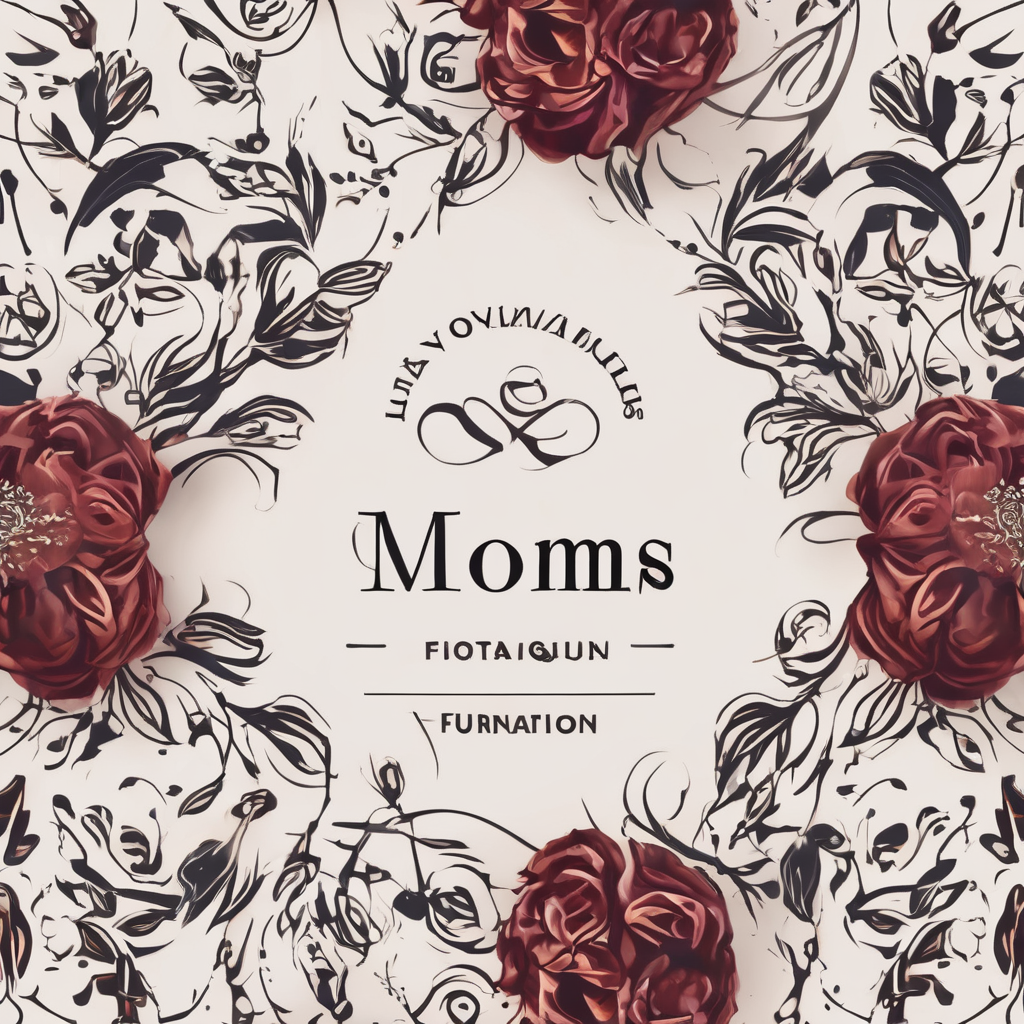Selecting the right wool is essential for crafting a bespoke knit sweater that not only looks exquisite but also feels comfortable and lasts for years. With a myriad of options available in the UK market, choosing the ideal wool can be overwhelming. This guide simplifies the selection process, highlighting key factors such as fiber types, texture, and durability. Whether you're a seasoned knitter or a beginner, understanding these elements will empower you to make informed and stylish choices for your custom sweater.
Overview of Wool Types
Choosing the right wool type is crucial for crafting the perfect bespoke sweater. Each wool type offers unique characteristics that can enhance or limit your knitting project.
Have you seen this : Revamp Your Winter Style: Creative Ways to Incorporate Floral Fabrics for a Chic London Look
Merino wool is highly regarded for its softness and elasticity, making it a popular choice for sweaters. It is particularly suitable for intricate patterns due to its fine texture. However, its delicate nature requires careful handling and maintenance.
Cashmere is synonymous with luxury, offering unparalleled softness and warmth. It is ideal for lightweight, elegant sweaters. The downside is its high cost and the need for gentle care, as it can easily lose shape if not handled properly.
Have you seen this : Reviving Mod Fashion: A Guide to Achieving a Modern UK Style
Lambswool provides a balance between softness and durability. It is a versatile option, well-suited for both simple and complex knitting techniques. Lambswool offers good warmth, making it a practical choice for everyday wear. However, it can be slightly coarser than Merino or Cashmere.
When selecting a wool type, consider the knitting technique and pattern you plan to use. For example, Merino wool excels in cable patterns, while Cashmere is perfect for smooth, plain knits. Understanding the pros and cons of each wool type ensures a well-informed decision for your knitting projects.
Factors to Consider When Choosing Wool
When choosing wool for your sweater, several factors play a crucial role in ensuring the final product meets your expectations.
The texture and softness of the wool are paramount for comfort. A soft texture, like that of Merino or Cashmere, offers a luxurious feel against the skin, making it ideal for garments worn directly on the body. However, softness often comes with a need for gentle care to maintain its quality.
Sweater warmth is another essential consideration. Wool types like Cashmere and Lambswool provide excellent insulation, making them suitable for colder climates. The natural fibres trap heat, offering warmth without adding bulk. It's important to match the wool's warmth properties with the intended use of the sweater.
Durability is equally important for long-lasting wear. While softer wools may require more care, options like Lambswool offer a balance between softness and resilience. They withstand frequent use and maintain their shape over time. Consider the care requirements of each wool type to ensure your sweater remains in excellent condition.
By evaluating these factors, you can make informed decisions that align with your knitting goals and personal preferences.
Sourcing Wool in the UK
Exploring the wool suppliers in the UK can be a rewarding experience for knitters seeking quality and variety. Local yarn shops are a treasure trove for those who value tactile shopping experiences. These shops often stock a range of high-quality wool and provide expert advice. Some recommended local yarn shops include Loop in London and Baa Ram Ewe in Leeds, both renowned for their curated selections and knowledgeable staff.
For those who prefer the convenience of shopping from home, online wool retailers offer an extensive array of options. Websites like LoveCrafts and Deramores are popular for their wide selection and user-friendly interfaces. They often feature customer reviews and detailed product descriptions, aiding in making informed decisions.
Supporting local suppliers is not only beneficial for the community but also promotes sustainability. Purchasing from local yarn shops reduces the carbon footprint associated with shipping. Additionally, many local suppliers focus on ethically sourced materials, ensuring that the wool is produced in environmentally friendly and humane ways.
By choosing to buy from both local yarn shops and reputable online retailers, knitters can enjoy a diverse range of wool while supporting sustainable practices.
Caring for Your Wool Sweater
Proper wool care is essential to maintaining the quality and longevity of your sweater. When it comes to washing wool, always opt for gentle hand washing in cold water. Use a mild detergent specifically designed for wool to prevent damage. Avoid wringing or twisting the fabric; instead, gently press out excess water. Lay the sweater flat on a clean towel to dry, reshaping it to its original form. Never hang wool garments, as this can lead to stretching.
Storing wool garments correctly is equally important. Ensure they are clean and completely dry before storage to prevent moth damage. Fold sweaters neatly and store them in a cool, dry place, ideally in a breathable cotton bag. Avoid plastic bags, as they can trap moisture and lead to mould.
Common issues with wool, such as pilling or shrinking, can be managed with proper care. Use a fabric shaver to gently remove pills and always follow the care label instructions to avoid shrinkage. By adhering to these best practices, you can keep your wool sweaters looking pristine and ensure their durability for years to come.
Knitting Techniques for Different Wool Types
Understanding the knitting techniques that pair well with different wool types can significantly enhance your crafting experience. Each wool type has distinct characteristics that influence the choice of patterns and designs.
When working with Merino wool, its softness and elasticity make it ideal for intricate patterns such as cables and lace. These patterns for wool showcase Merino's fine texture, allowing detailed designs to stand out. To maintain the wool's delicate nature, consider using needles that match its gauge to prevent stretching.
Cashmere, known for its luxurious softness, excels in simple, elegant designs. Smooth, plain knits highlight its natural sheen and warmth. For custom knitting, adapt patterns to focus on the wool's drape, creating garments that flow beautifully.
Lambswool offers versatility, suitable for both complex and straightforward techniques. Its durability supports textured patterns like ribbing or seed stitch, adding visual interest while retaining warmth. When adapting designs, consider the wool's slightly coarser texture, choosing patterns that complement its robustness.
By aligning your knitting techniques with the specific attributes of each wool type, you can create bespoke pieces that not only look stunning but also feel comfortable and durable.











